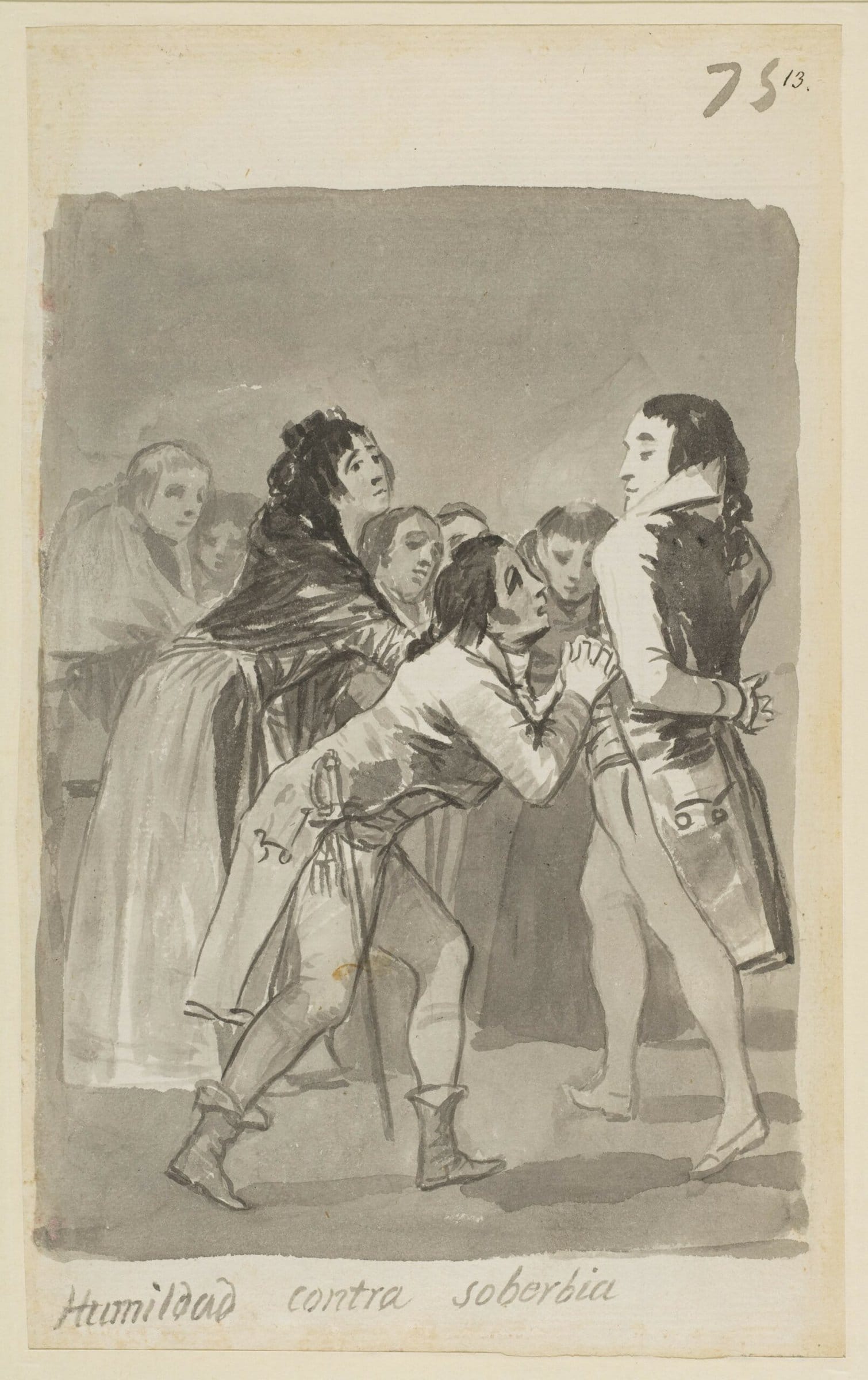The American Academy of Arts and Sciences has released the 2012–13 Survey of Humanities Departments, the first such survey since 2007–08. The AHA participated in both studies, and the Association hopes historians will read the full report. We will have more about the report’s conclusions on AHA Today and in Perspectives on History, but we wanted to draw readers’ attention to some of the findings especially relevant to history departments:
- Based on the survey’s sample, the report concludes that 43 percent of history departments hired new faculty to start in 2012–13. The report projected this to translate into a total of 630 new faculty hires.
- Fifty-eight percent of departments saw a departure, retirement, or death in their department over 2010–11 and 2011–12. The report estimates that, across the discipline, this translates into an average of 460 departures from history departments per year. (The Survey of Earned Doctorates reported 1,066 new history PhDs in 2011–12.)
- History departments granted tenure to 195 faculty members per year, according to the survey’s estimate. This is not significantly different from the 2007 survey. The report estimates that only 10 faculty members in the discipline are denied tenure each year, and each year 40 leave prior to a tenure decision.
- The data on students completing a minor in history is significant, as this information is often hard to come by. In 2011–12, 15,890 students completed a history minor, according to the report. During the same time period, 34,780 students completed bachelor’s degrees in history.
- Asked about considerations in tenure decisions, history departments surveyed varied widely but not unexpectedly. Teaching quality was deemed an “essential” consideration by 83 percent of departments falling into the “comprehensive” and “primarily undergraduate” Carnegie classifications, and by 46 percent of departments at research-oriented universities. Ninety-six percent of research-oriented universities called publications an essential consideration for tenure, but only 38 percent of comprehensives and 40 percent of undergraduate institutions did so.
- The digital humanities are a consideration of a small minority of departments. Twenty-two percent of research-oriented departments, 17 percent of comprehensives, and 5 percent of undergraduate institutions offered a seminar on digital methods for research and teaching. Eleven percent of comprehensives and research universities had formal guidelines for evaluating digital publications for tenure and promotion—5 percent of undergraduate institutions did so. Public institutions were more than twice as likely to offer digital methods seminars and to have digital publications evaluation guidelines than were private institutions.
This post first appeared on AHA Today.
This work is licensed under a Creative Commons Attribution-NonCommercial-NoDerivatives 4.0 International License. Attribution must provide author name, article title, Perspectives on History, date of publication, and a link to this page. This license applies only to the article, not to text or images used here by permission.


